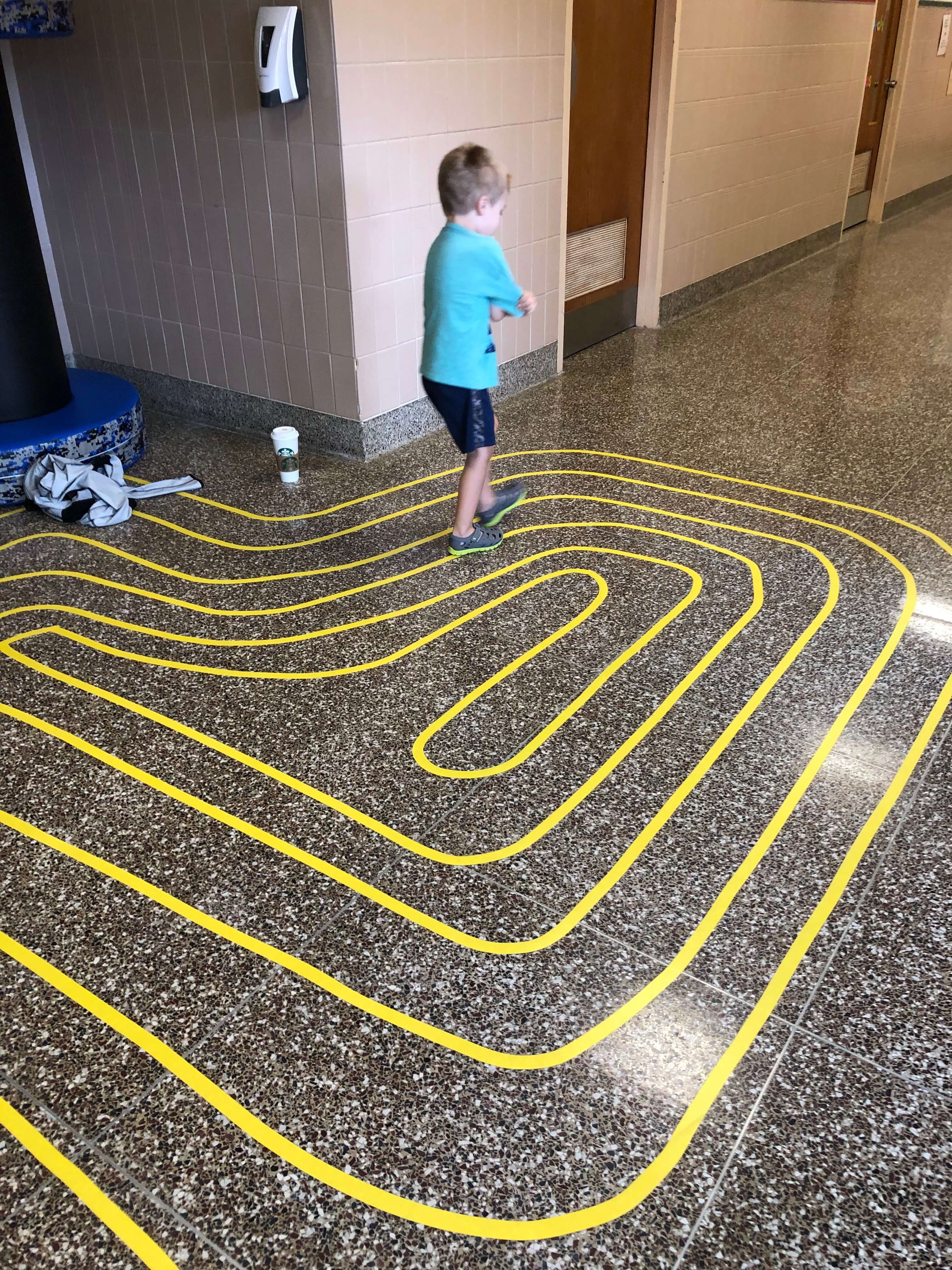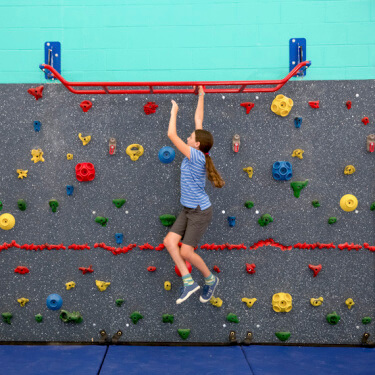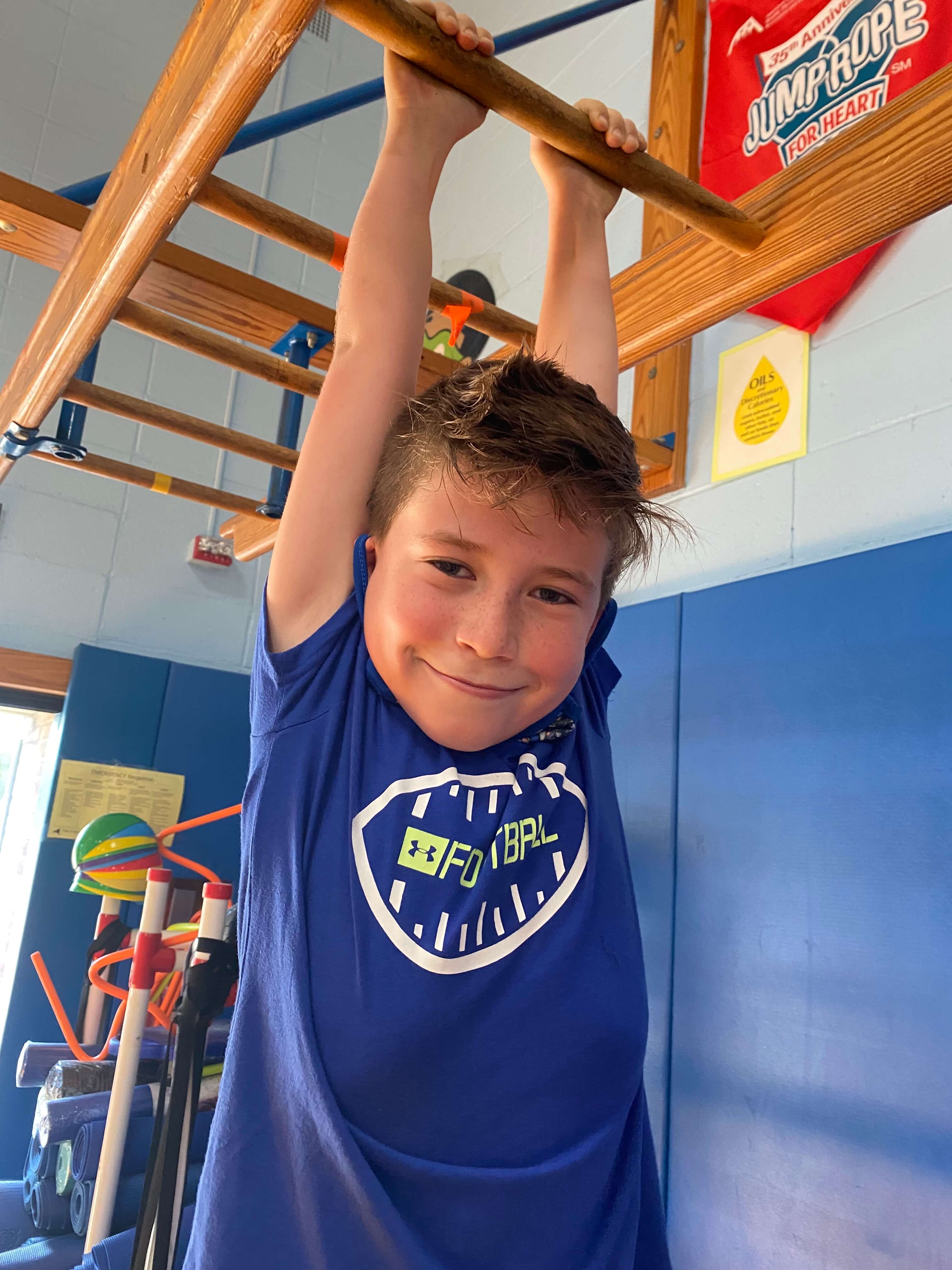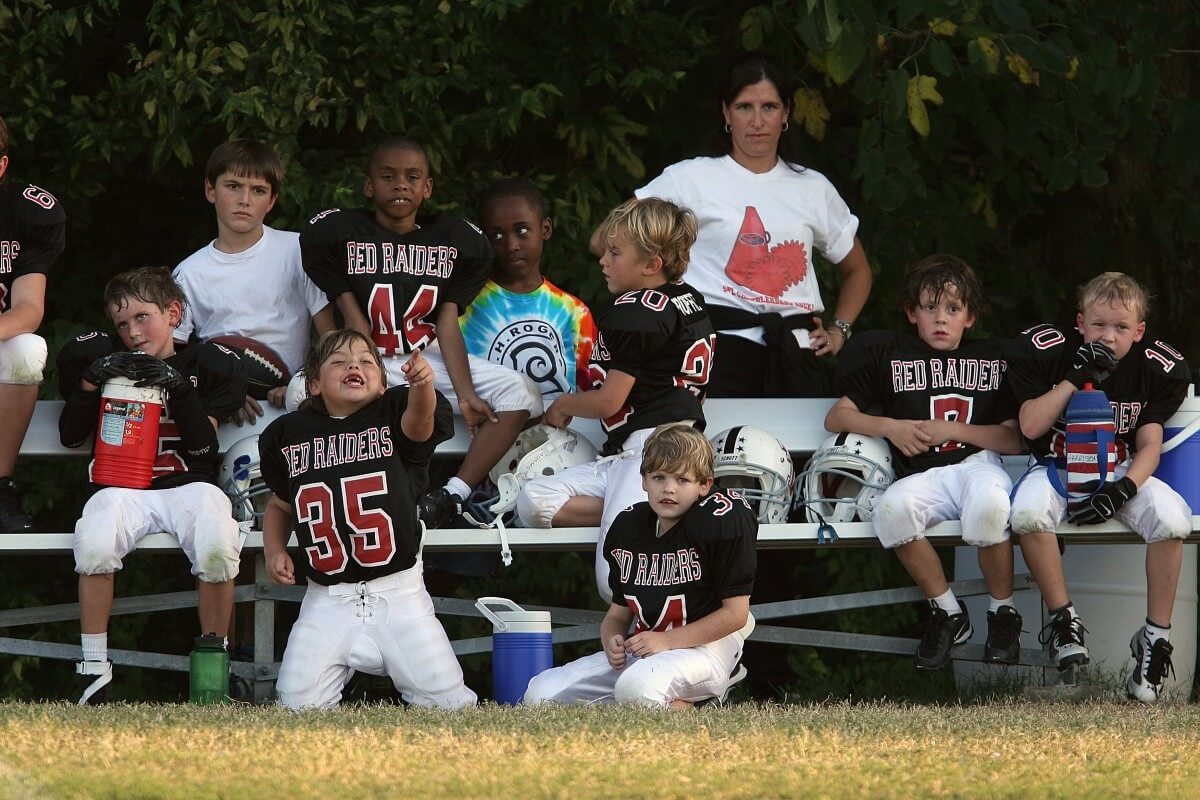
As practitioners of physical activity, the best way we can provide, promote, and program physical activity that all populations will understand and embrace, is to have clear, concise, and consistent definitions of physical activity and related terms. Unfortunately, our approach is not clear, concise, or consistent as illustrated by the disparity between the “physical activity economy” valued at $828.2 billion US dollars globally and the 35% percent of the world population that participates in recreational physical activities (The Global Wellness Institute, 2021).
Part of the confusion getting people to be physically active is we have so many definitions or inconsistencies among definitions, for the terms, we try to get people to embrace. For example, Tremblay et al (2017), as part of the Sedentary Behavior Research Network conducted a literature review and subsequent interviews to identify existing definitions of terms used in sedentary behavior research and to suggest consensus definitions for each term. Definitions they found for sedentary behavior, for example, ranged from having a MET value between one and 1.5 METS, to 1-1.8 METS, to less than 2 METS, and included either activities of any kind, sitting or lying activities, or non-upright activities (Tremblay et al, 2017). These subtle distinctions are important as the definitions may or may not relate appropriately to certain populations, such as those that cannot yet sit or stand or have difficulty sitting or standing.









